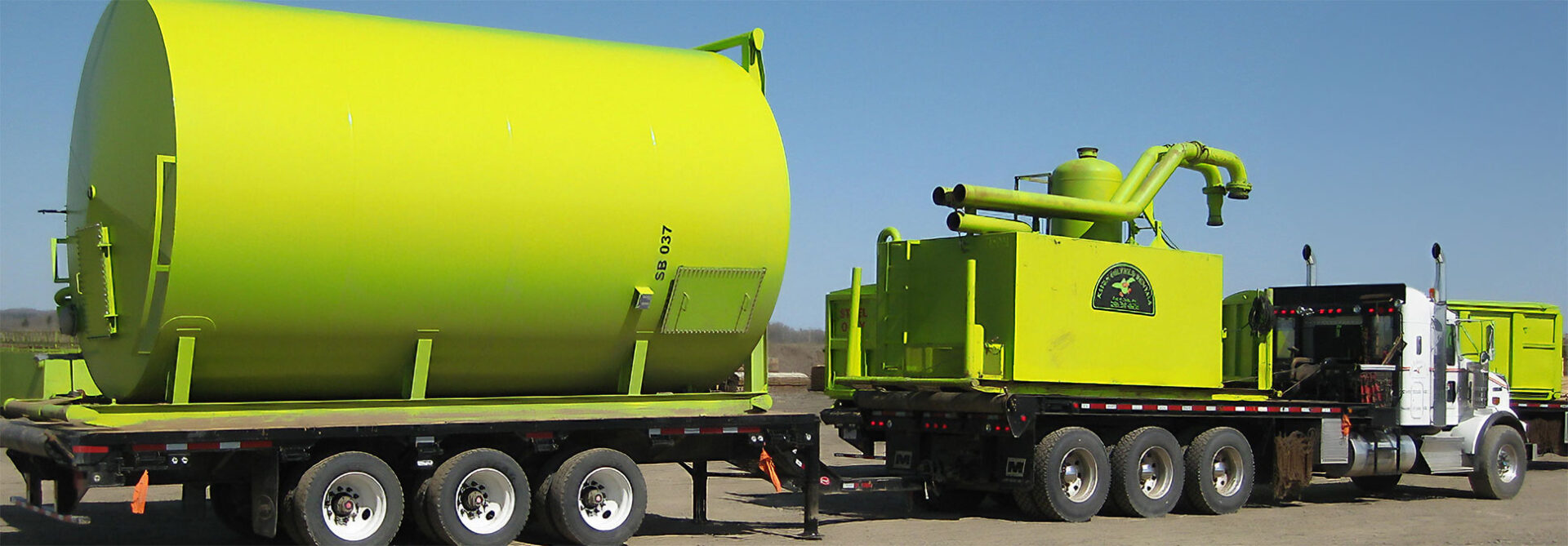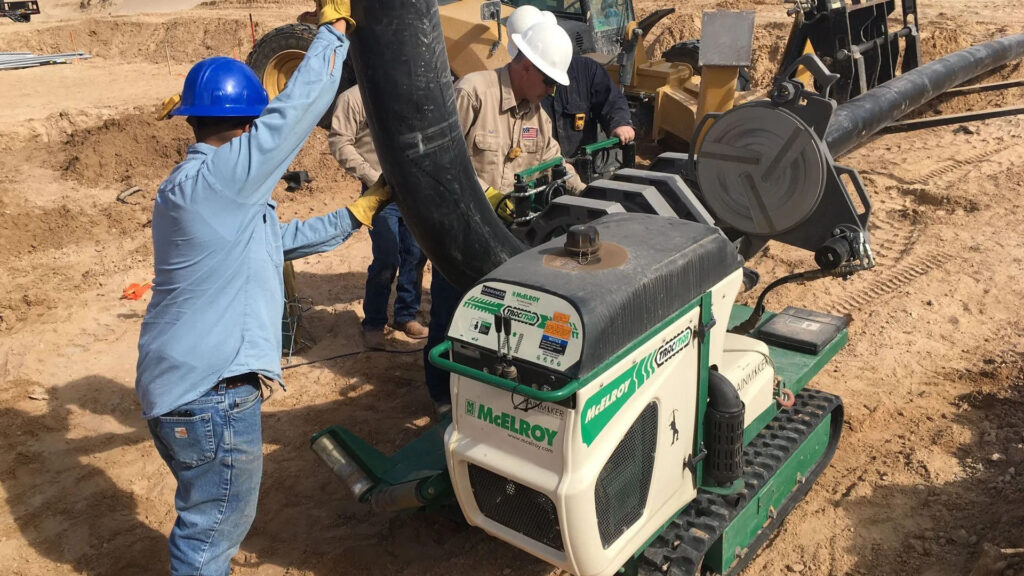Superior Rentals midland: regional advantage for energy sector
A Comprehensive Overview to the Numerous Kinds Of Oil Field Equipment and Pipeline Equipment Available
The oil and gas industry counts greatly on customized tools for effective extraction and transportation. Different sorts of equipment, from piercing rigs to tank, play essential duties in this complex procedure. Each piece of devices serves unique functions that add to overall operational success. Recognizing these parts is important for any individual entailed in the field. As the market develops, so too do the innovations that support it. What advancements are on the perspective?

Drilling Rigs: The Backbone of Oil Expedition
Drilling rigs work as the vital equipment in the domain of oil exploration, allowing firms to gain access to hydrocarbon gets buried deep underneath the Planet's surface. These rigs are available in numerous kinds, including land rigs, offshore rigs, and mobile systems, each made to run in particular settings. Geared up with sophisticated modern technology, drilling rigs can permeate geological developments with accuracy, ensuring efficient resource removal. The structural integrity and functional capacities of these rigs are crucial, as they have to endure severe problems and significant pressures. Additionally, the selection of a boring gear influences the overall project expense and timeline, making it a vital consideration for oil business looking for to maximize their expedition initiatives and take full advantage of performance in their procedures.
Pumps: Crucial for Liquid Activity
In the oil removal procedure, the duty of pumps is significant, facilitating the motion of liquids throughout various stages of production. Pumps are necessary for carrying petroleum, water, and other liquids from underground reservoirs to the surface area and afterwards with pipelines to refineries. They come in numerous kinds, including centrifugal, favorable variation, and submersible pumps, each offering specific objectives based upon the fluid characteristics and functional demands. Centrifugal pumps are commonly made use of for their efficiency in high-flow applications, while favorable displacement pumps master managing viscous liquids. The option of pump influences general efficiency, functional safety, and upkeep costs. Appropriate selection and upkeep of pumps are vital for maximizing production and decreasing downtime in oil field procedures.
Shutoffs: Controlling Circulation and Pressure

Shutoffs play an essential duty in taking care of the circulation and pressure of fluids within oil fields and pipelines. Various kinds of shutoffs offer distinctive applications, each developed to meet details features basic for efficient operation - Superior Oilfield pipeline equipment rentals. Comprehending the attributes and uses these valves is necessary for maximizing system performance and security
Sorts of Valves
Necessary parts in oil field operations, shutoffs play a vital function in managing the circulation and stress of liquids within pipes and devices. Different sorts of shutoffs are made use of to fulfill the varied requirements of oil and gas production. Common kinds consist of entrance valves, which provide a straight-line circulation and very little pressure drop; globe shutoffs, known for their strangling capacities; and sphere valves, acknowledged for their quick on/off control. In addition, check shutoffs stop backflow, while butterfly valves supply a lightweight option for controling flow. Each shutoff type is designed with details materials and configurations to withstand the rough problems typically found in oil areas, making sure dependability and performance in procedures. Recognizing these types is crucial for reliable system administration.
Valve Applications and Features
While various types of valves offer distinct functions, their primary applications rotate around regulating flow and pressure within oil and gas systems. Shutoffs such as entrance, world, and sphere valves control liquid activity, making certain peak efficiency and safety and security. Entrance valves are typically made use of for on/off control, supplying very little circulation resistance. World valves, on the various other hand, offer specific flow policy, making them appropriate for throttling applications. Sphere valves are favored for their fast operation and limited sealing capacities. In addition, stress relief shutoffs are important for avoiding system overpressure, safeguarding devices integrity. On the whole, the suitable option and application of valves improve functional efficiency, making certain the reputable transportation of oil and gas through pipelines and handling centers.
Compressors: Enhancing Gas Transportation
Compressors play an essential function in the effective transportation of all-natural gas, making certain that it moves smoothly through pipelines over long ranges. These tools raise the pressure of natural gas, allowing it to conquer friction and elevation modifications within the pipeline system. Furthermore, compressors promote the harmonizing of supply and need, accommodating fluctuations in intake and production rates. Numerous sorts of compressors are used in the market, consisting of centrifugal, reciprocating, and rotary screw compressors, each offering distinctive advantages based upon the functional needs. Routine maintenance of these compressors is vital to optimize effectiveness and reduce downtime, ultimately contributing to a trusted gas transport network. Their essential feature highlights the significance of compressors in the overall oil and gas framework.
Storage Tanks: Safe and Reliable Fluid Management
Reliable transportation of natural gas relies upon different support group, among which is the appropriate management of storage space tanks. These containers play a crucial function in securely containing liquids, ensuring that functional performance is preserved while lessening environmental risks. Constructed from durable products, they are made to stand up to high pressures and destructive aspects. Properly sized and tactically located, tank assist in the smooth flow of gas and various other fluids, preventing traffic jams in supply chains. Routine upkeep and surveillance are imperative to find leaks or architectural issues, promoting safety and conformity with regulative standards. Inevitably, the efficient management of storage space containers is important for the overall stability and integrity of the oil and gas industry's fluid handling systems.
Pipeline Solutions: Framework for Transportation
Pipeline systems offer as the foundation of the oil and gas industry, assisting in the reliable transportation of hydrocarbons over large ranges. These systems contain numerous components, including pipes, valves, pumps, and compressors, all thoroughly designed to ensure smooth flow. The materials utilized in pipeline building, commonly steel or high-density polyethylene, are picked for toughness and resistance to deterioration. Pipeline networks can span across land and water, connecting production sites to refineries and warehouse. Additionally, progressed innovation allows real-time tracking of circulation prices and pressure levels, enhancing operational performance. The strategic placement of these pipes minimizes ecological influence while optimizing source ease of access, consequently playing a vital function in meeting energy needs around the world.
Safety And Security Equipment: Making Sure Worker and Environmental Management
The operation of pipeline systems, while essential for power transport, additionally offers substantial safety challenges for workers and the environment. Safety and security tools plays a substantial function in reducing these risks. Personal protective equipment (PPE) such as helmets, handwear covers, and non-slip footwear safeguards workers from physical hazards. Additionally, gas detection systems keep track of for leakages, making sure that damaging substances do not present a risk to employees or the surrounding ecosystem. Emergency situation shutdown systems are important for quickly stopping operations throughout a crisis, stopping potential catastrophes. Spill containment products, consisting of absorbents and barriers, are fundamental for decreasing environmental impact. On the whole, investing in comprehensive safety tools is crucial for keeping operational stability and protecting both employees and the setting in the oil and gas industry.

Often Asked Inquiries
Just how Do I Choose the Right Oil Field Equipment for My Project?
Selecting the appropriate oil field equipment includes reviewing project requirements, spending plan restraints, and operational requirements. Take into consideration variables such as devices dependability, compatibility with existing systems, and the supplier's reputation to assure peak efficiency and security.
What Are the Maintenance Needs for Oil Field Equipment?
Upkeep needs for oil area equipment include regular inspections, lubrication, and timely repairs. Operators ought to also adhere to producer guidelines, monitor performance metrics, and guarantee compliance with safety laws to improve long life and effectiveness.

Just How Can I Ensure Compliance With Environmental Regulations?
To assure conformity with ecological regulations, companies must conduct regular audits, implement best practices, buy training, maintain proper documentation, and remain upgraded on regulation (Superior rentals squeeze tools). Cooperation with environmental companies can likewise boost adherence to guidelines
What Is the Typical Lifespan of Pipeline Equipment?
The average life-span of pipeline tools normally ranges from 20 to 50 years, depending on factors such as worldly high quality, environmental conditions, and maintenance methods. Normal assessments can significantly affect durability and functional performance.
How Do I Securely Transport Oil Field Equipment to Remote Locations?
Carrying oil website area equipment to remote locations needs careful planning, consisting of course evaluation, protecting authorizations, making use of appropriate lorries, and guaranteeing safety procedures are adhered to. Appropriate training and interaction amongst staffs are crucial for successful transportation.